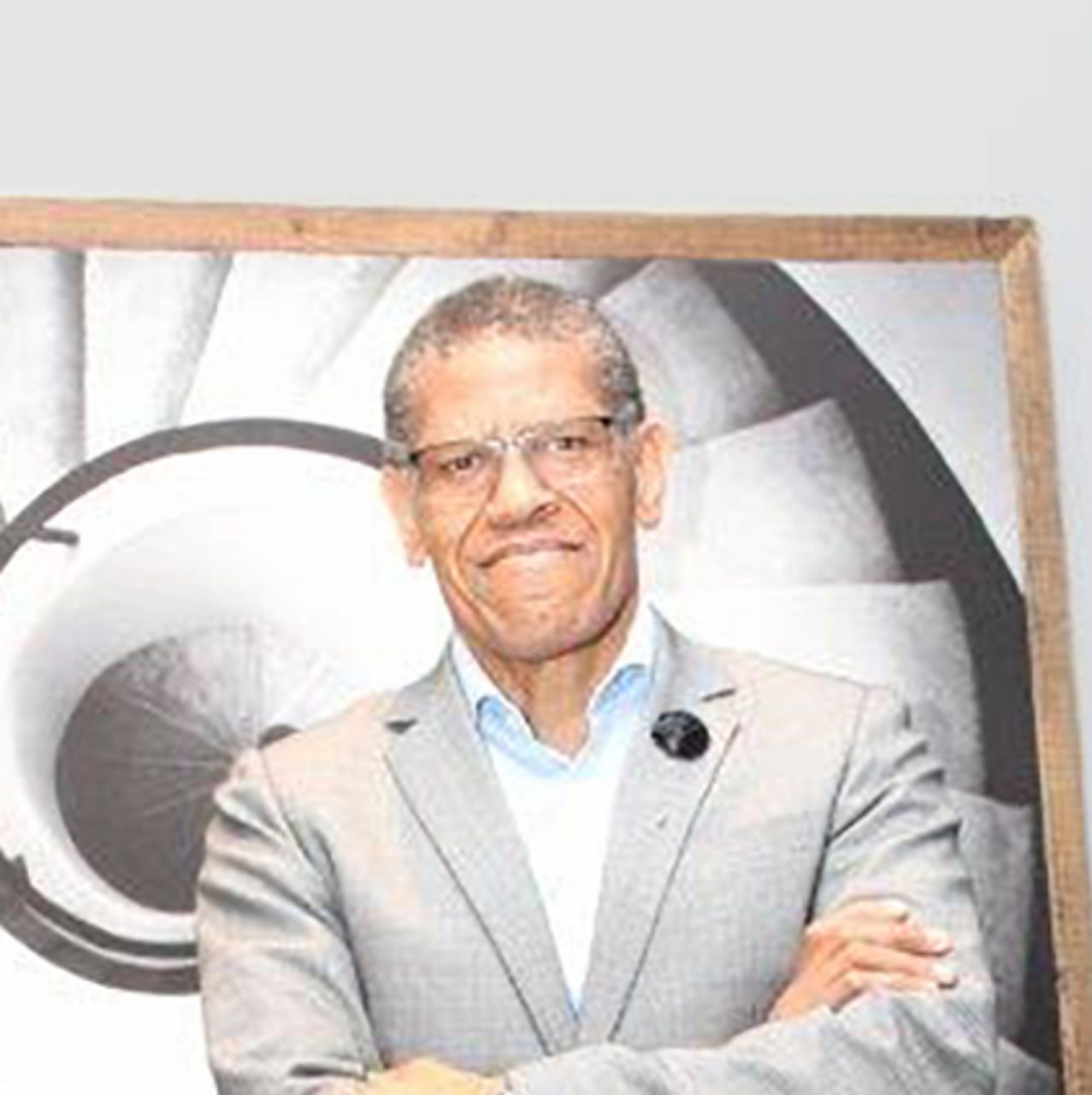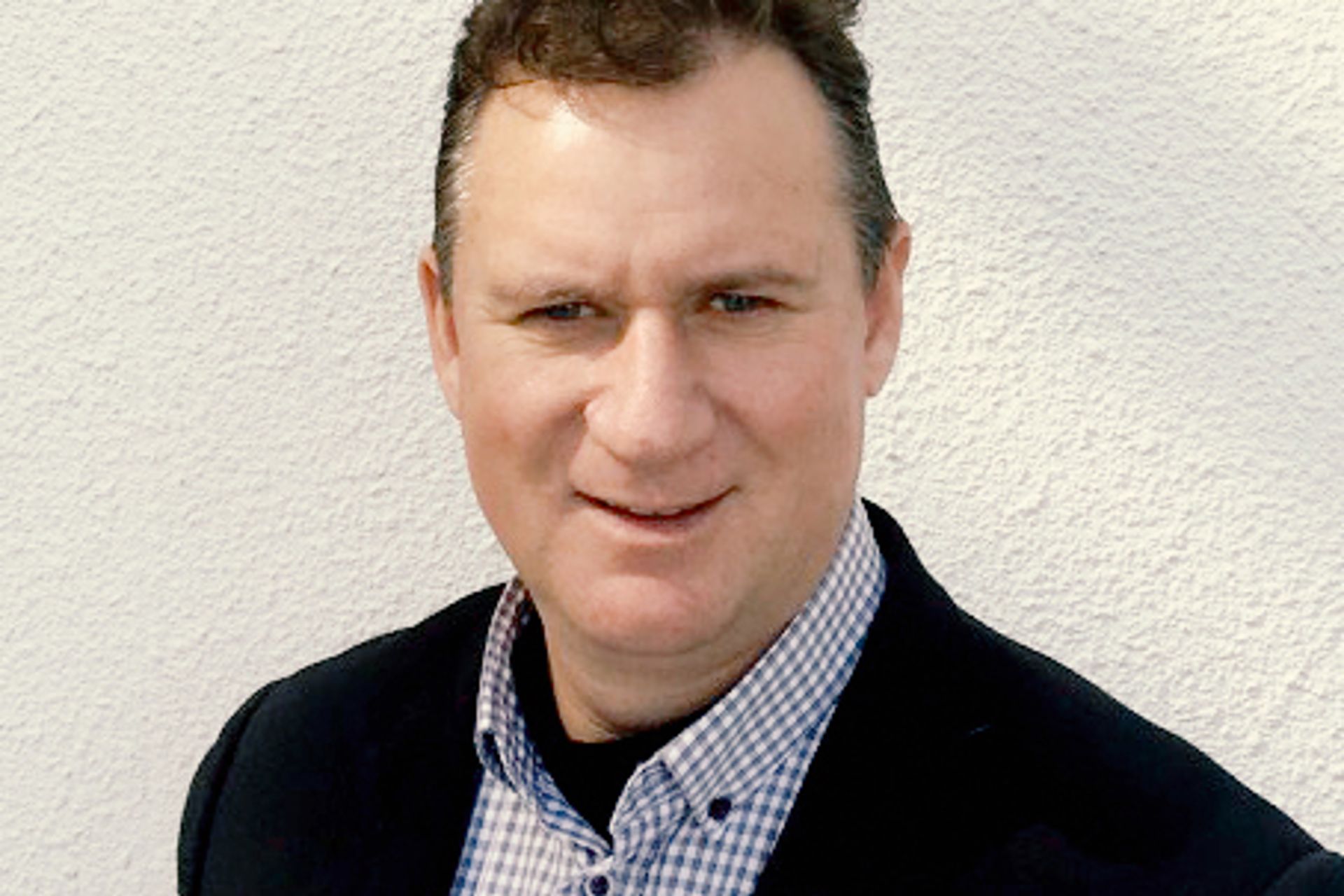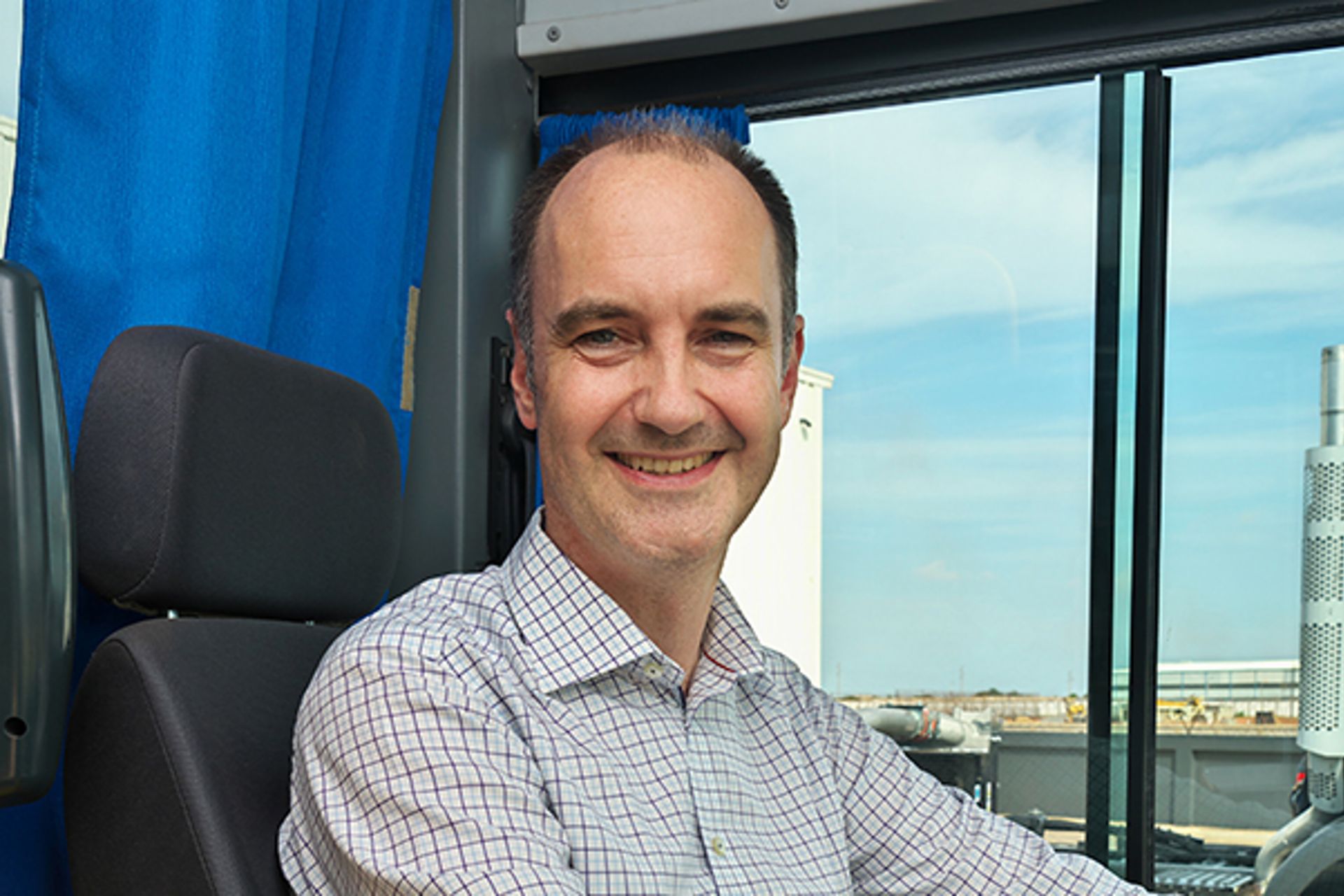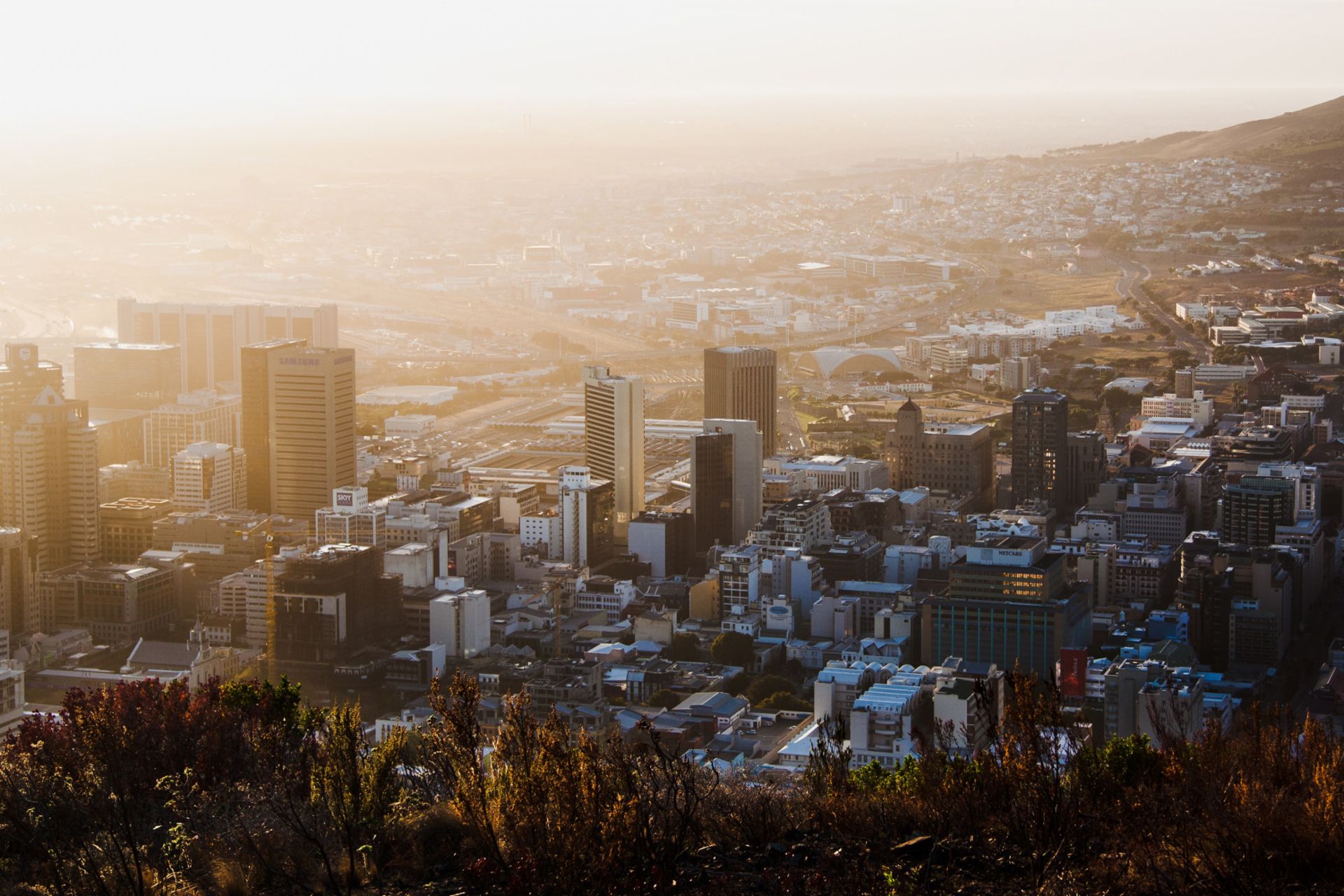
Africa’s 54 countries are home to almost 1.3 billion people. And the continent’s population is on the rise: the UN expects it to have almost doubled to 2.5 billion people by 2050. As the number of people grows, so does the need for a quicker and more effective way to get them from A to B. Africa is seen as a market of the future for transportation and mobility. With this in mind, some of its states have set up an automotive industry. “North African states like Algeria, Morocco, and Egypt, especially, but also Nigeria, Kenya, and South Africa have all seen a rise in a number of companies manufacturing cars both for the domestic market and to be exported,” explains Marcos Forgioni, Vice President of International Sales at Volkswagen Caminhões e Ônibus. His company is known as a specialist for emerging markets and considers South Africa, Angola, and Nigeria to be some of its most important sales markets on the African continent. An assembly plant for trucks and buses in South Africa and a joint assembly plant with MAN put Volkswagen Caminhões e Ônibus in an excellent position.
Reliable mobility for buoyant growth

Reliable means of transportation are indispensable for the economic development of the continent as a whole. “We are mainly talking about transportation by road here, in other words cars, buses, and commercial vehicles, both big and small,” says Victor Radebe, Executive Director of the Mobility Centre for Africa (MCA), a non-profit initiative based in Durban, South Africa. He adds that Africa’s rail network is not developed well enough. Around 90% of all goods and passengers in Africa are transported by road, with many of those roads in poor condition. The expert explains that African countries have special mobility requirements and identifies four main problems when it comes to transportation by road: the high number of accidents (16,000 people died in car accidents in South Africa alone in 2016), how expensive mobility is, rising CO2 emissions, and the never-ending traffic jams. Radebe adds that these problems manifest themselves in all African countries in one way or another.
In addition to expanding the infrastructure, another aim is to introduce vehicles equipped with better safety systems and low-emission drives to solve the problems. Emergency brake assists and lane departure warning systems may help to reduce the number of accidents and save lives. Radebe believes these technologies are needed across the board, especially for commercial vehicles. His vision is to use low-emission and low-cost hybrid and electric drives to cut CO2 emissions while driving down the number of vehicles on the roads with the help of car- and ride-sharing. Around 80% of all cars on the roads in Africa currently do not have any passengers on board.
Expanding the public transportation network

However, there are other measures that also make sense when it comes to steering traffic in the right direction, such as expanding the public transportation network. “There is growing demand for a wide range of technologies in the African commercial vehicles market—both old and new,” says David van Graan, Head of Special Sales Projects at MAN Automotive in South Africa. The figures confirm this: TRATON AG brands sold around 5,000 commercial vehicles in Africa in the first half of 2018, equivalent to an increase of 16.7%. MAN is very well represented both in South Africa and in the north of the continent: Egypt, Algeria, Morocco, and Tunisia, for example, reported positive unit sales growth (attributable). With a network of assembly plants and various importers, MAN is in a prime position to meet the needs of the different markets.

Scania also recognizes the need for modern solutions. In light of this, the Swedish commercial vehicles specialist signed a memorandum of understanding with the government of Burkina Faso in June 2018, enabling it to set up a modern and efficient bus system in the country’s capital, Ouagadougou. It plans to have 550 buses in operation. “Transportation of people and goods in Africa continues to gain momentum. The challenge is managing this growth in a way that is the least harmful to the environment,” says Fredrik Morsing, Managing Director of Scania West Africa Ltd. “By supplying buses to cities in Nigeria and Burkina Faso, to name just two, we are helping to make public transportation more efficient. This has a positive impact because it means fewer people opt for cars or motorbikes. Scania always endeavors to take an integrated approach to the task at hand.” The company also intends to investigate whether alternative fuels can be introduced so that the fleet can run on biogas and biodiesel. Scania’s position is backed up by extensive experience with city buses, of which 400 have already been delivered in Ghana.
Political decisions
According to David van Graan, the demand can be roughly split into three categories: premium high-tech, budget intermediate-tech, and low-priced, low-tech entry-level vehicles. “The high-tech segment accounts for a smaller portion of the demand. These vehicles are primarily bought by big, multinational corporations,” explains the MAN expert. “The bulk of the demand is attributable to the more budget-friendly technologies. This means diesel engines continue to be sought after in Africa, with Euro 4 and Euro 5 engines set to be gradually introduced over the next five years.” He adds that the biggest players in the electric mobility sector are also pushing for more modern and cleaner drive technologies when it comes to diesel. Van Graan does admit, however, that there is a lack of corresponding infrastructure in Africa, say refinery processing technology for producing the low-sulfur diesel needed for the Euro 5 and Euro 6 engines, or charging stations for electric vehicles and natural gas fueling stations. This means that Africa’s expanding mobility will be heavily predicated on combustion engines for the foreseeable future: van Graan explains that African governments will have to weigh the investments required for new drive technologies against the more fundamental needs of their people. “In other words, issues like housing, water, electricity, and education dominate the political agenda in African countries.” It is, however, beyond dispute that the continent’s future growth is contingent upon improvements in the transportation of goods and people.
